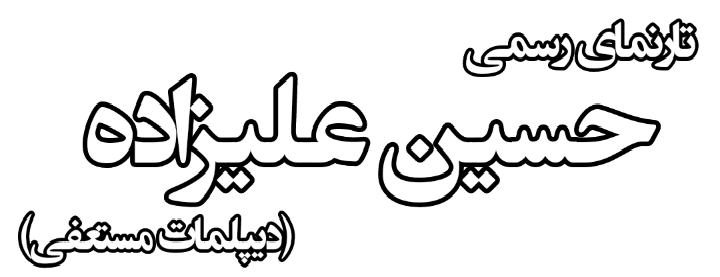مارس 27, 2025
انتشار نسخه جدید «بازخوانی مفهوم سیاسی امت» در آمازون
آیا از خود پرسیدهاید تعبیر «امام امت» و «امت امام» به چه معناست و از کجا برآمده است؟ اگر ایران…
ژوئن 18, 2024
گفتگو با کیهان لندن درباره کتاب «بازخوانی مفهوم امت»؛ سید قطب و نواب صفوی دو پدر معنوی علی خامنهای
حسین علیزاده کاردار پیشین سفارت ایران در فنلاند که همزمان با اعتراضات به نتایج انتخابات ریاست جمهوری اسلامی خرداد ۸۸،…
می 9, 2024
انتشار کتاب «بازخوانی مفهوم سیاسی امت» به قلم حسین علیزاده….Re-Thinking The Politics OfThe Umma (Muslim Bloc)
اسلام سیاسی به دنبال کسب قدرت سیاسی بر پایه ایمان مسلمانان است. گروهها و جریانات سیاسی اسلامگرا نه تنها متکثرمیباشند…
مارس 30, 2024
پیام سفر اسماعیل هنیه به تهران و آینده جنگ غزه
تاریخ انتشار: ۲۹ مارس ۲۰۲۴ / سایت زیتون به قلم حسین علیزاده تنها یک روز پس از تصویب قطعنامه شورای…
مارس 26, 2024
زمینهها و پیامدهای قطعنامهٔ درخواست آتشبس فوری در جنگ غزه
تاریخ انتشار: رادیوفردا / ۲۶ مارس ۲۰۲۴ حسین علیزاده پس از گذشت نزدیک به شش ماه (دقیقا در روز ۱۷۶…










